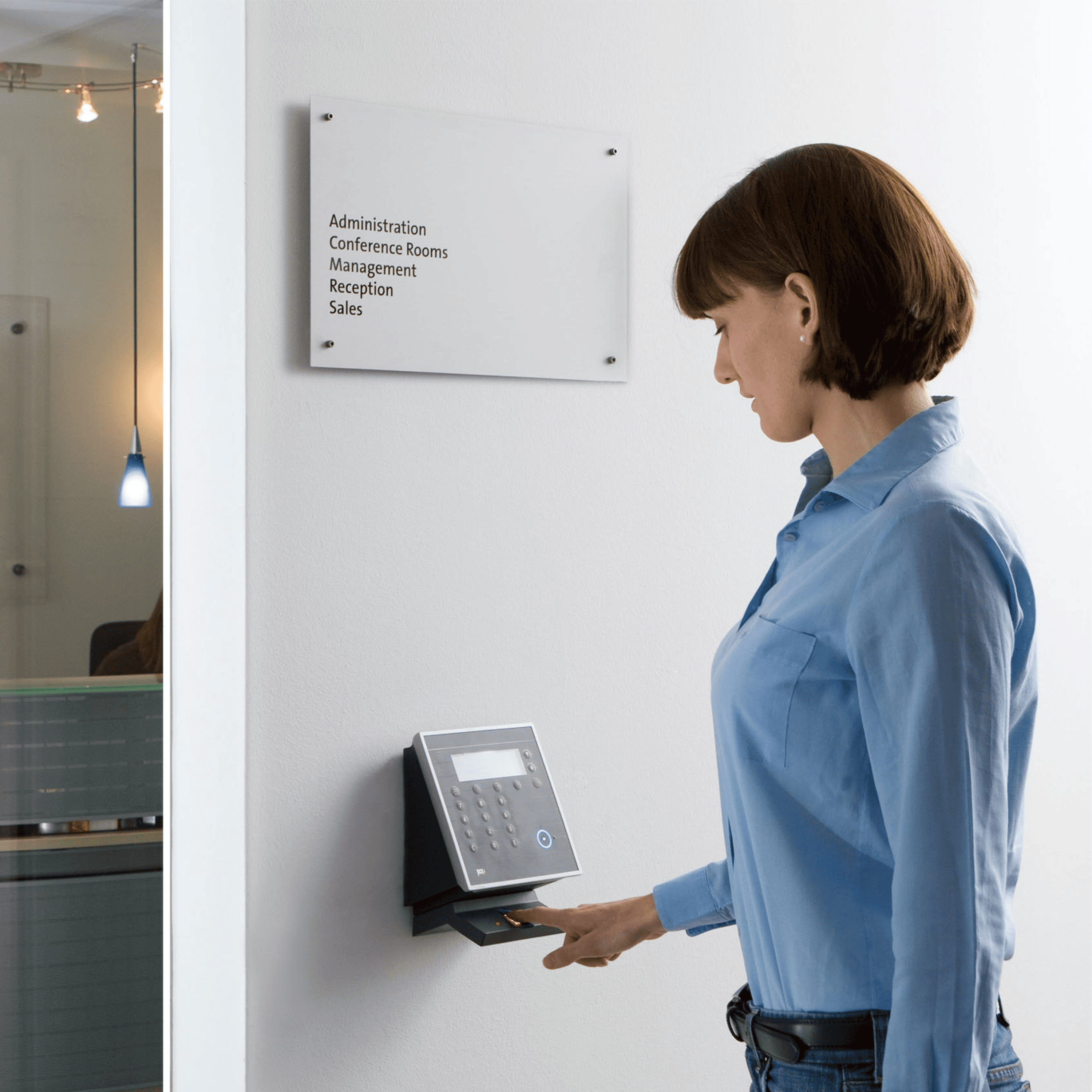Software Services
For Companies
For Developers
Portfolio
Build With Us
Get Senior Engineers Straight To Your Inbox

Every month we send out our top new engineers in our network who are looking for work, be the first to get informed when top engineers become available

At Slashdev, we connect top-tier software engineers with innovative companies. Our network includes the most talented developers worldwide, carefully vetted to ensure exceptional quality and reliability.
Build With Us
The Future of Authentication: Biometrics and Passwordless Security/


Passwordless authentication is a concept that has been coveted by security experts for years, but progress in this field has been frustratingly slow. Despite significant advancements, most of the technologies that enable passwordless authentication remain confined to research labs or professional niches. However, recent industry developments suggest that the dream of passwordless authentication may finally be within reach.
One promising technology that has emerged is biometric security. Although there are technical, legal, and ethical considerations to be taken into account, biometrics are changing the game and are set to become a key tool in the quest for passwordless authentication.
Why Passwordless Authentication is Needed/
Developers and security-minded individuals understand the importance of quick and secure logins. We all rely on a wide range of online services and devices, and this trend shows no sign of slowing down. In fact, the number of services and devices that require login credentials is only set to increase in the years ahead.
Thankfully, there are already several solutions that allow users to bypass traditional password authentication, such as OAuth and OpenID, which are used to consolidate digital identities. These standards are employed by major tech companies, including Google, Microsoft, and Facebook, and allow users to log into third-party services using existing accounts. Although this approach technically still requires a password, the user experience is vastly improved, and it has the added benefit of reducing password bloat.
From a consumer perspective, passwordless authentication has many benefits, including fast logins and the ability to avoid password bloat. This is especially relevant as we continue to use an increasing number of online services and devices. While there are many ways to dispense with passwords, including biometric authentication, many users choose to use Google, Microsoft, and Facebook accounts to log into third-party services.
Technically, this is not a passwordless approach, but the average user may not see the distinction. The pros and cons of using this approach are:
Pros:
- Convenience
- Easy to implement
- Good security
- Brand name peace of mind
Cons:
- Dependency on a centralized service
- All eggs in one basket
- Potential security vulnerabilities beyond your control
- Privacy concerns
How Can Biometrics Help?/

Using biometric authentication systems addresses many issues, including privacy concerns, and the user experience is not compromised. Let’s take a closer look at the pros and cons of biometrics.
Pros:
- Fingerprint scanning is quick, cheap, and relatively secure
- Voice recognition is easy to use and difficult to manipulate
- Iris scans are very secure and potentially more convenient than fingerprint scanning
- Electrocardiogram technology offers “always on” authentication
- Biometric security methods address privacy concerns while offering good security
Cons:
- Biometrics are not suitable for all applications
- Cost of deploying biometric security is often prohibitive
- Support is limited to certain platforms and unavailable on most
- Some technologies are still immature
- Biometrics are not a silver bullet – security can still be compromised
Biometric authentication systems have many advantages over traditional password-based authentication. They are not reliant on centralized services, which can be a significant advantage, especially in the wake of data breaches. Biometric authentication also addresses privacy concerns, as there is no need to share sensitive login credentials with third parties. Additionally, biometric authentication can be more convenient and user-friendly than password-based authentication.
Some of the most popular biometric authentication methods include fingerprint scanning, voice recognition, iris scans, and electrocardiogram technology. Each of these methods has its own set of pros and cons.
Fingerprint scanning is one of the most commonly used biometric authentication methods. It is quick, relatively cheap, and offers good security. However, it can be compromised if an attacker is able to obtain a high-quality replica of the fingerprint.
Voice recognition is another popular biometric authentication method. It is easy to use and difficult to manipulate. However, it can be susceptible to impersonation attacks, and the technology can struggle to recognize voices in noisy environments.
Iris scans are one of the most secure biometric authentication methods available. They are potentially more convenient than fingerprint scanning and can be difficult to fool. However, the technology is still relatively new and may not be available on all platforms.
Electrocardiogram technology is a promising area of biometric authentication that offers “always on” authentication. By measuring the electrical activity of the heart, this technology can provide continuous authentication without requiring the user to input a password. However, this technology is still in its early stages of development and is not yet widely available.
Despite the many benefits of biometric authentication, there are still some challenges that must be addressed. Biometrics are not suitable for all applications, and the cost of deploying biometric security can be prohibitive. Additionally, support for biometric authentication is limited to certain platforms, and some technologies are still immature. Finally, biometric authentication is not a silver bullet, and security can still be compromised.
In Conclusion Although passwordless authentication has long been an ideal in the security world, the advent of biometric security technology has brought the possibility of passwordless authentication within reach. Biometric authentication offers a range of benefits over traditional password-based authentication, including improved
